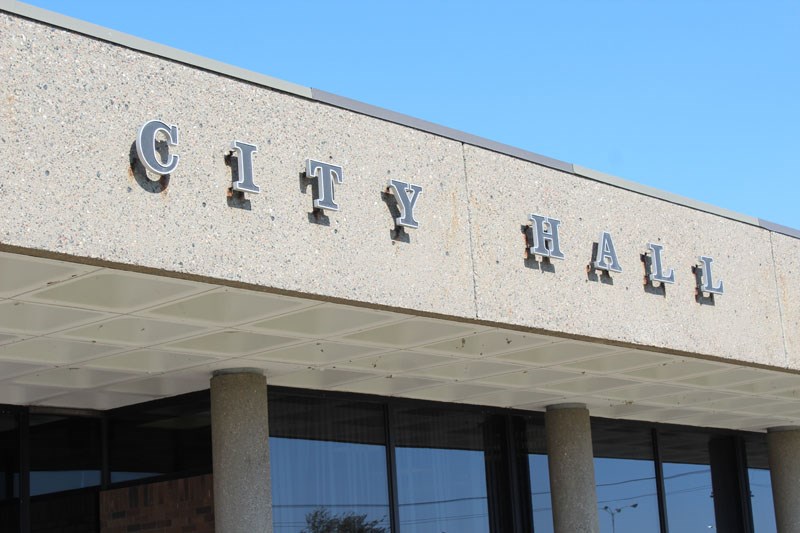Monday of this week marked a new era of municipal politics in Thompson, with the reintroduction of a committee of the whole structure to city and council business, as opposed to the previous model featuring multiple standing committees, each headed by different councillors.
It is, of course, somewhat unusual to adopt such a significant change three years into a mandate, eight months before the next mayor and council are elected, but that doesn’t mean it can’t work. Of course, it doesn’t mean it will, either.
One of the benefits of the new committee system is that it could help every councillor feel more connected to the decisions they are responsible for making and more informed about the background and rationale for matters they are asked to vote on. When the standing committee structure was still in place, nothing prevented a councillor from sitting in on any meeting of a committee they weren’t a part of, though they weren’t counted as a voting member. In theory, however, committee decisions are made by consensus, so there aren’t actual votes to count and ultimately the decision on what is the consensus of the committee is up to the chair, which is now the mayor.
Getting rid of the multiple standing committees also does away with the brazen display of favouritism or shared ideas that took place during the annual organizational meeting, when the mayor picked the chairs of the committees, apart from those automatically filled by the deputy mayor, which of course is also a councillor appointed by the mayor. For councillors who were often opposed to the mayor, it sometimes probably felt like they were the unathletic kids in a gym class when teams got picked. The plum spots went to the jocks or the popular kids and they were left with the dregs, if anything at all.
The committee of the whole structure also makes it easier for councillors who work during the day to take part in and have a say on issues at the committee level. The meetings are held at 7 p.m. on Mondays, alternating with the regular council meetings, which take place at the same time during intervening weeks. This timing, as well as the fact that these meetings will be streamed on the internet and also recorded for upload to the city’s Facebook and YouTube accounts, will make the meetings more accessible to members of the public as well, or at least more so than standing committee meetings, which were usually held during business hours on weekdays.
A final benefit of the new structure is that the committee will meet every two weeks, instead of monthly like some standing committees, which should speed up the process of resolving matters that require further study or information before a decision can be made.
Ultimately, however, city council and the city are human organizations and subject to all the same follies and pitfalls as any other group made up of people. In order for the change in committee srtucture to have any meaningful effect on how the city works and how council functions, the people involved, including councillors and city administration, are going to have to make good faith efforts to get along and to put the interests of the city as a whole ahead of their own or those of a particular interest group or constituency. Given the rancour that has sometimes characterized this council (which is not something Thompson didn’t see in previous councils), it’s probably too much to expect all the councillors to join hands with each other and sing kumbaya just because of a functional change. Although there are no official government and opposition sides like in provincial and federal elected bodies, de facto sides exist. Bipartisanship requires compromise from both sides and it’s currently far from certain that this particular council can even get halfway there.



